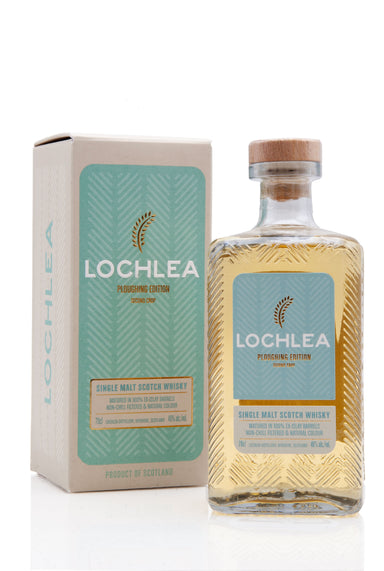
Lochlea Ploughing Edition Second Crop
This is the last release in the 2nd Crop set from Lochlea distillery and is even smokier than last year having been matured exclusively in ex-Laphr...
View full details
The Lowland whisky region traditionally encompasses the heavily populated central belt of Scotland including Edinburgh, Glasgow and everything in-between, before heading south until you reach the border with England. The...
The Lowland whisky region traditionally encompasses the heavily populated central belt of Scotland including Edinburgh, Glasgow and everything in-between, before heading south until you reach the border with England. The boundary also moves north beyond Fife and towards the fringes of Perthshire.
On paper then it’s a huge area, featuring Scotland’s most densely populated areas and the farming landscapes of Fife and the Borders. However, thanks to a series of closures in the 1980’s that put an end to famous names such as Rosebank, Littlemill, Inverleven, and Linlithgow, the number of Lowland distilleries became dangerously thin on the ground; comprising of Auchentoshan, Glenkinchie and Bladnoch. This number was supplemented by a handful of grain distilleries including Cameronbridge, Girvan and North British, but it took until a new millennium for the green shoots of recovery to appear. Distilleries such as Ailsa Bay and Daftmill were established and as the demand for Scottish whisky continued to grow more names such as Annandale, Eden Mill, InchDairnie and Kingsbarns have swelled the ranks. The revitalisation of the Lowland region continues with new distilleries planned for Edinburgh, Glasgow, Falkirk and many more besides. One of the most intriguing distilleries is at Lindores Abbey, the site of the first recorded reference to whisky in Scotland.
History shows us that the Lowland region was once the distilling hotbed of the Scottish industry predating Speyside and Islay, back to an era prior with over 200 individual distilleries listed. The largest were Kennetpans and Kilbagie that by the 1730’s were situated near the banks of the River Forth. This allowed them to ship their wares in cask form to the regional cities of Edinburgh, Glasgow and further south. These were the first distilleries to operate on an epic scale, moving from the farms and cottages of illicit stills as the industrial revolution approached. Records show that at their height these 2 distilleries paid more tax combined than the whole of Scotland for land tax. Unfortunately, it was the introduction of a tax increase and prohibiting exports to England that bankrupted these 2 behemoths and other distilleries reliant on trade in 1788. It wasn’t until the Excise Act in 1823 that the legal Scottish whisky industry began to recover. Whilst Kilbagie has been lost to time, parts of Kennetpans still remain and the drive to restore and protect what is an important site are underway.
For the Lowland region as we know it today, commenced in the 1800’s. Its success was assisted by strong transport links compared to elsewhere in Scotland and the widespread growing of various grains in fertile soils across the region. This leant itself well to the popularity of blended whiskies as blenders could at central locations receive casks and ship the finished production with relative ease. Being based in the major population centres was one of the main reasons for the downfall of Lowland distilleries. Rosebank and Linlithgow may have been established on the fringes of their respective towns but the growth of these population centres meant that the distillery sites became surrounded over time. Rosebank for instance was encircled and fenced in by a busy road and a canal; the very things that made its location attractive originally were to ultimately prove its downfall. With several distilleries requiring modernisation and expansion, the then owners in the 1980’s with the decline of whisky demand, had to revisit their distilleries and make a series of difficult decisions.
Many were deemed surplus to requirements and the valuable land sold on for other uses. Linlithgow (also known as St Magdalene) was partially saved as residential housing, whilst Rosebank still stands empty. For a long period, the only single malts from this region were Auchentoshan and the occasional Glenkinchie, with Bladnoch near Wigtown suffering bouts of inactivity. For such a historical region, it was a sad state of affairs.
Traditionally Lowland whiskies are light and fruity with a degree of complexity enhanced by old methods such as floor malting, flavourful yeast strains and direct fired stills. Many of these components have been lost, the new distilleries on the horizon are actively seeking to revive the Lowland style. Whilst many of the distilleries in the 1950’s age practiced a form of triple distillation which only Auchentoshan today continues, the new generation are seeking to unlock the floral characteristics with apples and pears. Lowland examples are quite often described as a starter or introductory whisky. Glenkinchie is often referred to as a breakfast whisky; such is its modest nature and engaging lightness.
Today, the Lowlands are Scotland’s most intriguing whisky region. Daftmill has yet to bottle despite producing its first spirit in 2005 and what’s maturing within its warehouses is excellent. With Eden Mill and Kingsbarns due to bottle their first whiskies in 2018, it’s an exciting time for the region and fans of this style of whisky.
 Sale
Sale
This is the last release in the 2nd Crop set from Lochlea distillery and is even smokier than last year having been matured exclusively in ex-Laphr...
View full details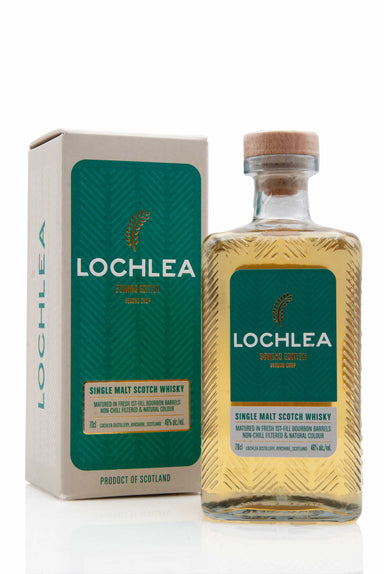 Sale
Sale
It's hard to believe that we're now onto the 'Second Crop' of Sowing Edition from Lochlea distillery! This latest limited release was crafted from ...
View full details Sale
Sale
A 5cl miniature bottle of the award winning single malt from Lindores Abbey Distillery. Crafted from single malt matured in a combination of ex-bou...
View full details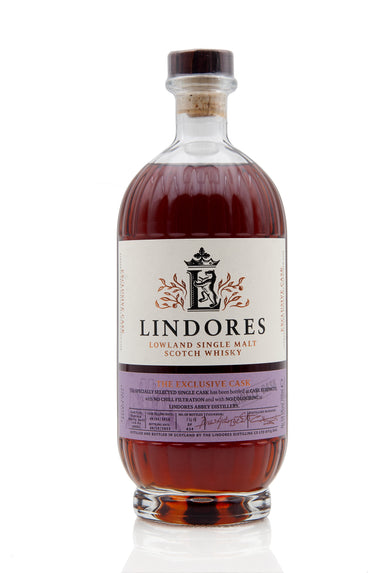 Sale
Sale
Following on from our exceptional Daftmill exclusive, we're excited to release our second Lowland single cask hailing from our home region of Fife....
View full details Sale
Sale
This is the Summer 2010 Daftmill bottling, distilled using Optic barley and crafted from a combination of 25 first fill bourbon barrels filled in J...
View full details Sale
Sale
Eden Mill new make spirit matured in a US virgin oak cask for 2 years. Eden Mill Burns Day 2017, a 20cl bottle filled at 43% vol, a lovely presenta...
View full details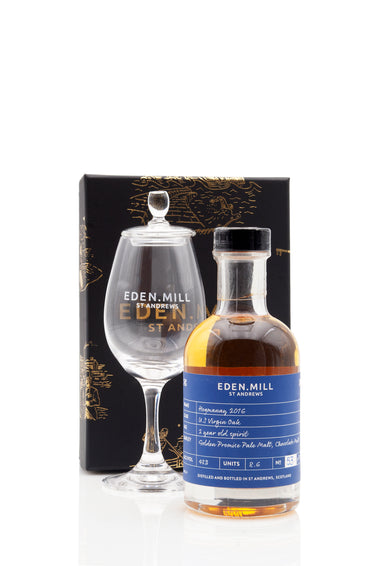 Sale
Sale
Eden Mill new make spirit matured in a US virgin oak cask for 2 years. Eden Mill Hogmanay a 20cl bottle filled at 43% vol, a lovely presentation th...
View full details Sale
Sale
A special single cask release from Daftmill distillery, bottled exclusively for the UK market. Distilled in 2009 and matured in an Oloroso sherry b...
View full details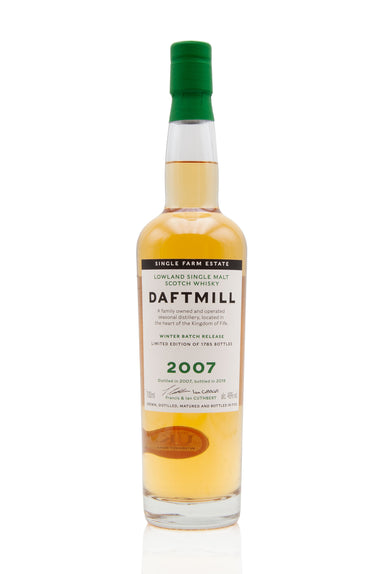 Sale
Sale
Bottled in 2019, this is the Winter release from Daftmill distillery. 7 first fill bourbon casks all filled November 2007 and matured for 12 years ...
View full details Sale
Sale
Felt more Winter than Autumn of late, but here's a little ray of sunshine to cheer up your day, the 2019 Summer release from Daftmill distillery. D...
View full details Sale
Sale
Bottled as part of Douglas Laing's excellent Regional Malts Collection, The Epicurean is a marriage of malt whiskies from the Lowland whisky region...
View full details
